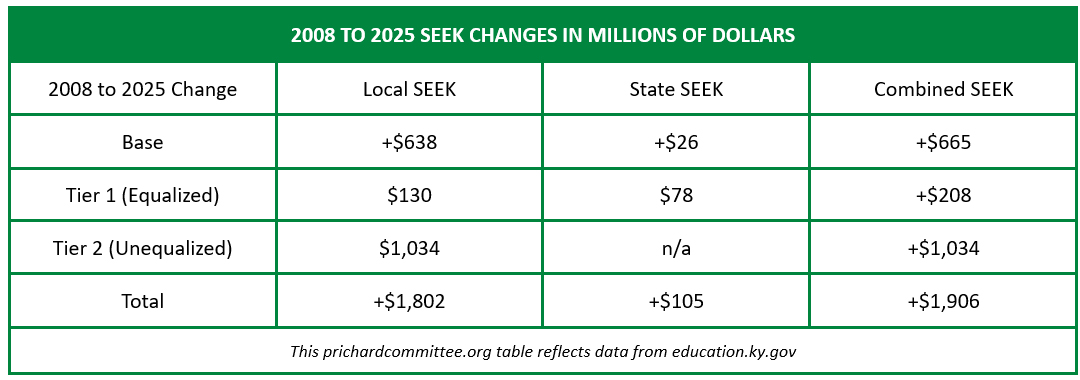Guest Blog by Superintendent Charles Morton
As a way to strengthen local efforts to connect with families and students, Harlan Independent School District jumped at the opportunity to participate in the Family Friendly School initiative when we first heard of the program. Recognizing that our district already demonstrated many of the key qualities for the program, our staff wasted little time committing Harlan Independent Schools to the work.
Through our partnership with Partners for Rural Impact, previously known as Partners for Education, I was made aware of the initiative and believed the program aligned with Harlan Independent’s philosophies and mission of serving students and families. Our district has worked hard at strengthening our family connections during and after the pandemic. Whether it was through our communication efforts or the work to provide support and wrap around services to our students, this process helped us formalize much of what we were already doing. It also gave us the framework to enhance and build on the momentum we built during the pandemic.
In January of 2021, the Family Friendly Schools initiative established by the Kentucky Collaborative for Families and Schools notified both schools in the district, Harlan Elementary and Harlan Middle/High School, of their nomination as two of 60 schools to participate in the first cohort of applicants. Both schools, led by Principals Britt Lawson and Tara Posey, developed teams to attend information sessions and begin the collaborative work of module completion and self-assessment in a variety of family focused areas. The process allowed both schools to hear successful strategies others were implementing in their communities and provided an opportunity to self-reflect on efforts already underway. It was through this work that both schools were able to focus their efforts on the partnerships that had already been established to strengthen the effectiveness of those efforts.
Harlan Middle/High Principal, Britt Lawson, noted that the initiative was new to the school at the time I was made aware that a certification process could be available to pursue. I was excited to see that there was a certification process in place recognizing the efforts of family and community engagement for schools. District-wide we take great pride in being a “Family of Dragons” that welcomes our school community to partner with us to provide excellence in schools. The coaching and support our teams had while working through the process was extremely helpful and made the process seamless.
Tara Posey, Harlan Elementary Principal, commented the process gave her school the chance to evaluate what strategies were being most effective in their efforts to be at the center of community activity in Harlan. “Parent engagement in elementary schools is typically easier to accomplish as students are younger, but the key is to provide high-quality, student-centered activities and engagement that impacts student and family outcomes. At Harlan Elementary, we host many activities for families, through this process, we now see that work through a different lens. We know that student performance and outcomes improve when families are engaged and supported and strengthening that engagement is a core value of all of our efforts. This work really helped anchor what we do moving forward so that we are constantly focused on continuous improvement. When that happens, families and communities only get stronger.”
We’ve highlighted the importance of a positive school culture in the district’s efforts to grow community support. Strong communities need strong schools, supporting school efforts to improve the culture and engage families must be a driving force inside our buildings every day. That effort takes a lot of work from everyone that walks through the door and it can never be taken for granted. Our district is committed to keeping this work alive by adjusting and changing to meet the needs of our community every year. As a district, we found several silver linings that we took away from the COVID 19 pandemic. Schools are capable of making bigger adjustments than we previously thought possible. No two years are exactly the same, as school years start and end, people grow and change. In order to meet students and families in the process, the adults in the schools must embrace the journey. When they do and students flourish, it is a beautiful thing to witness. I am really proud that both schools in our district are among the first Kentucky schools to participate in this work. We believe it will make us stronger in the future.












